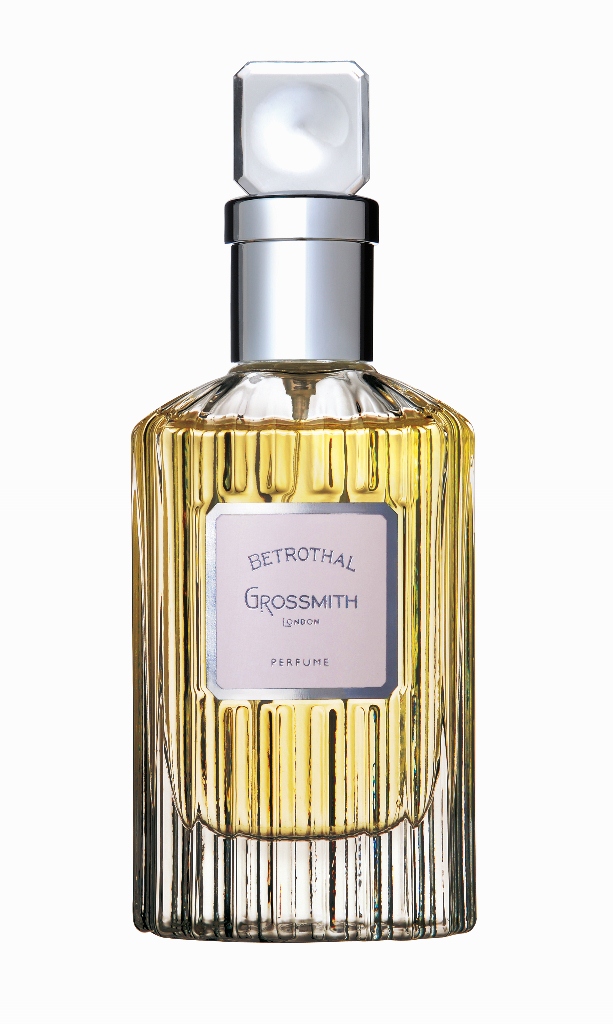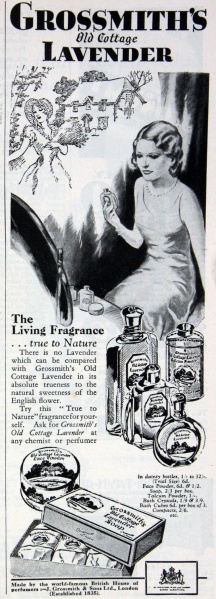The Perfume Magazine
Interview with Amanda and Simon Brooke; Grossmith
December 1, 2011

Disclaimer: The views and opinions expressed herein are solely those of the author and/or guest contributors and do not necessarily state or reflect those of
The Perfume Magazine LLC, Raphaella Brescia Barkley or Mark David Boberick.
All content included on this site, such as text, graphics, logos, icons, videos and images is the property of The Perfume Magazine, LLC. or its content suppliers and protected by United States and international copyright laws. The compilation of all content on this site is the exclusive property of The Perfume Magazine, LLC. and protected by U.S. and international copyright laws.
The Perfume Magazine Banner was designed exclusively by GIRVIN and is the property of The Perfume Magazine, LLC. and are protected by U.S.and international copyright laws. Additional Banner information can be found on our ABOUT page.
All images appearing in the banner are registered trademarks of their respected company and are used with permission.
© Copyright. 2011. All Rights Reserved. The Perfume Magazine LLC
Co-Founder, creator and artist of A Dozen Roses, Sandy Cataldo, signing bottles
Owners of English Perfume House, Grossmith
We recently had the wonderful opportunity to speak with Amanda and Simon Brooke of Grossmith about the perfumery business that they miraculously resurrected. Their story is an amazing journey so please join us in this special in-depth interview. The Perfume Magazine warmly welcomes Grossmith London. - Raphaella Barkley
Grossmith was founded in the City of London in 1835 and enjoyed a reputation for producing the finest perfume in the world. It played a significant part in the development of modern perfumery and occupied an important place as a fine English perfume house at a time when English perfumery rivaled that of France.
In the 1900s Grossmith had Royal Warrants from a Queen of England, the King of Spain and the Royal Court of Greece and presented its top of the range products in Baccarat crystal.
The gradual decline of Grossmith began in the 1920s with the deaths of two family members who were Grasse-trained perfumers. In 1940 Grossmith’s City of London premises were destroyed and the world entered a long period of austerity when raw materials of the quality Grossmith required were no longer available.
A brief period of success with synthetic perfumes like White Fire was followed by production of novelty soaps and eventually the company stopped trading in the early 1980s. A dormant company called J. Grossmith was all that was left.
TPM: Amanda and Simon, Is this correct and where do you then come in? Tell us a little history; you are the great - great grandson of the founder, John Grossmith, correct?
I discovered I was the descendant of John Grossmith through my longstanding interest in genealogy.
TPM: Your history is truly fascinating. Your history is legitimate and what I love about your story is that it is so much better than a made up press release about fragrances. It can’t get any better than this, don’t you think?
It is a little like a fairy tale that came true! The story was just waiting to be discovered.
If I hadn’t found the family connection and if I hadn’t had an interest in businesses and how they work and then developed a passion for perfume the name of Grossmith and its fragrances might have been lost forever.
TPM: Tell us about this journey from the beginning-you stumbled upon old family documents?
Having researched the Brooke family lines, I had been researching the women in the family and I was looking at my Great Grandmother, Amelia Eliza Brooke, nee Grossmith, and her family. I had a book given to me by my father written by a John Grossmith in 1860, ‘Government Upon First Principles’, a very dry book about how to run the country. I discovered that this man, Amelia’s father, was also a farmer and a perfumer and had founded Grossmith, the perfume house that bears his name, in 1835.
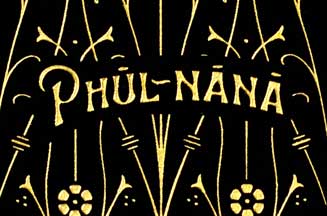
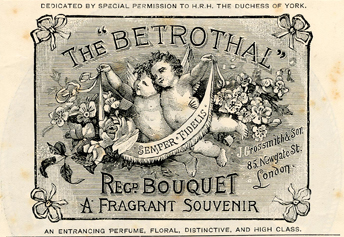
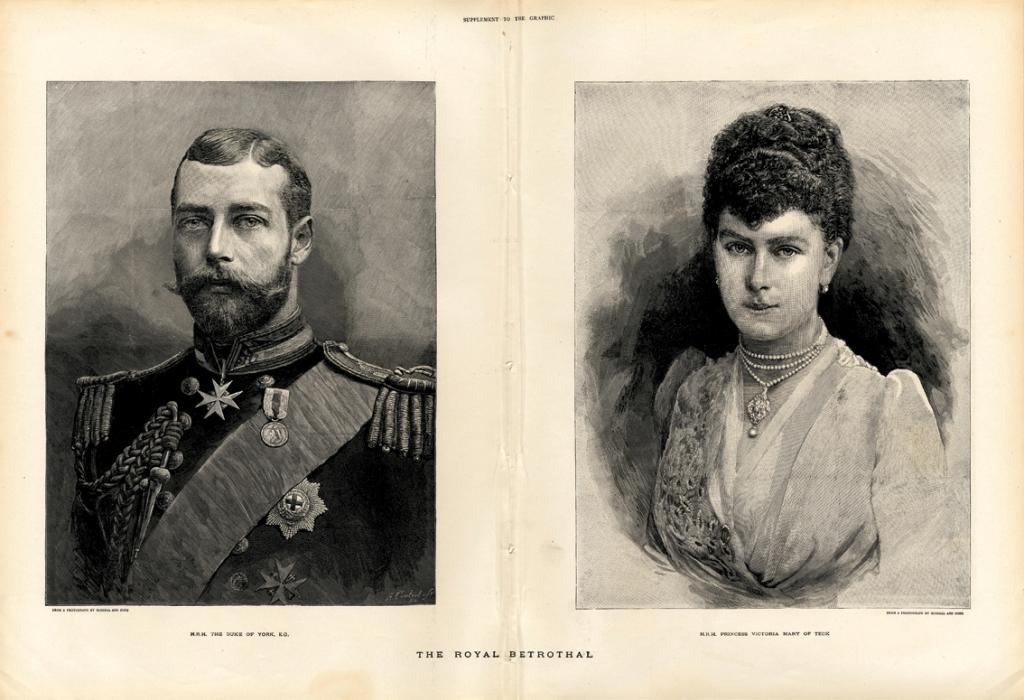
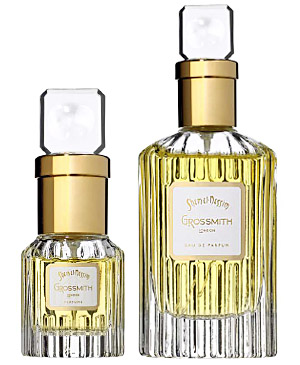
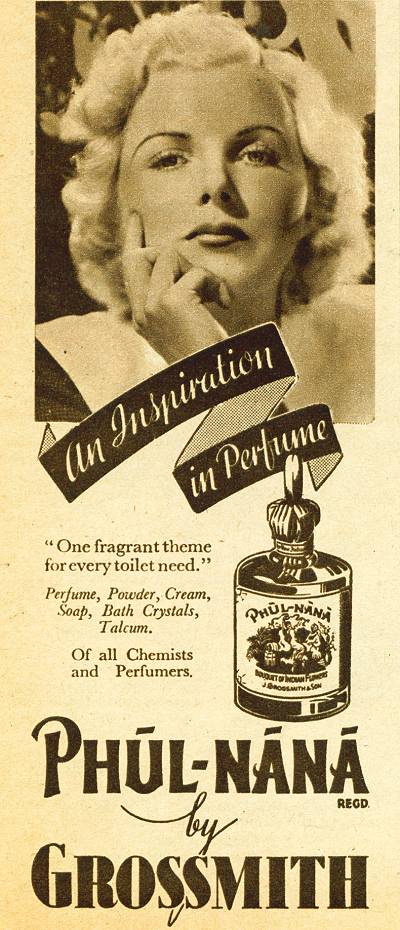
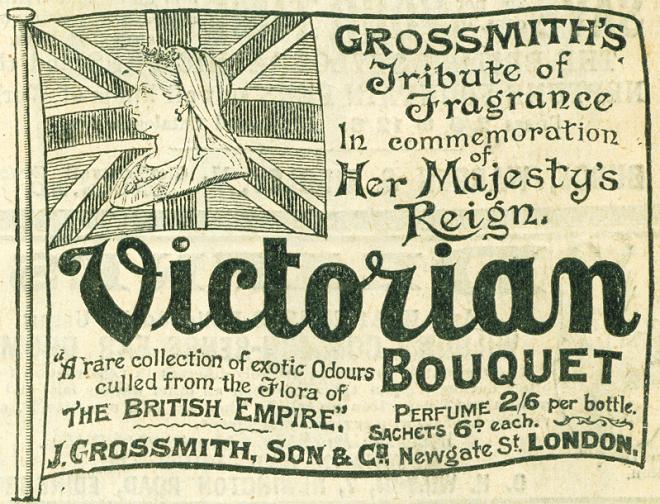
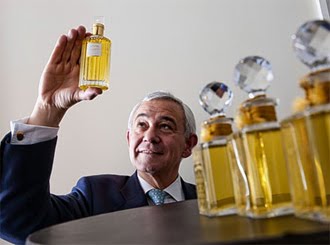
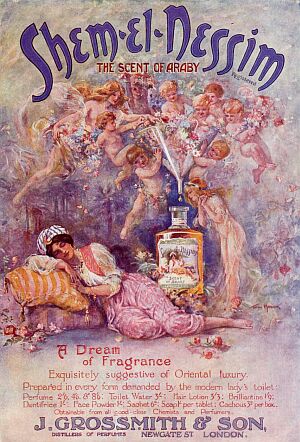
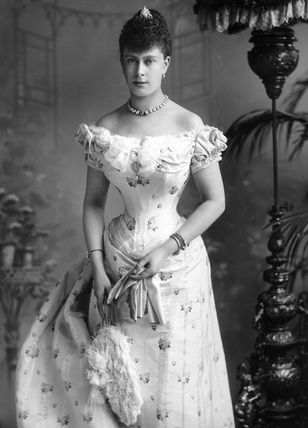
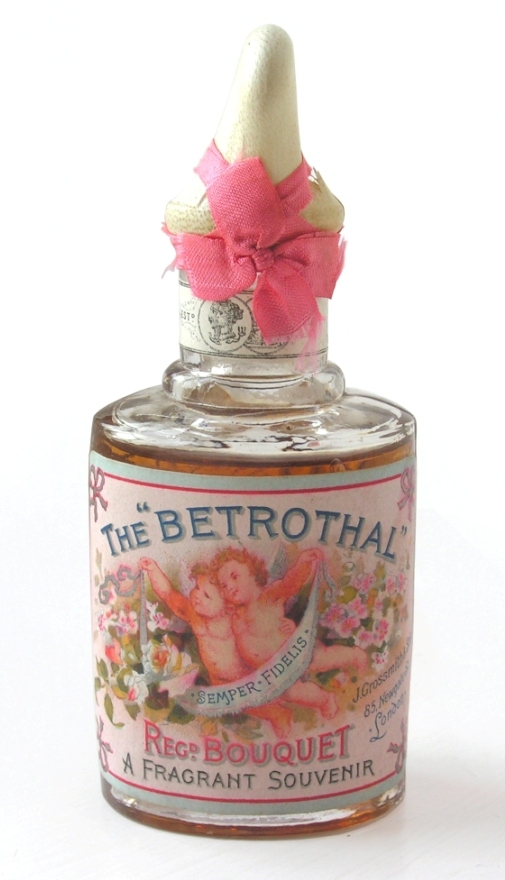
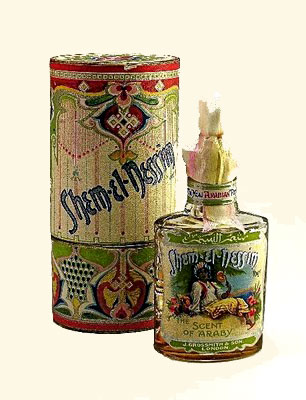
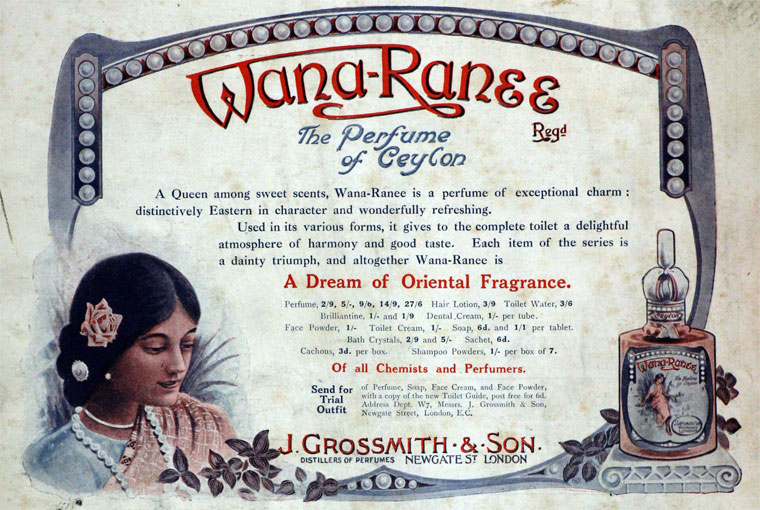
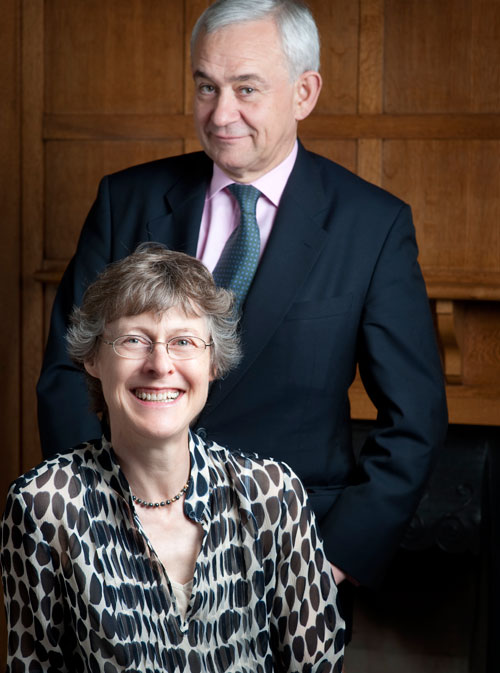
TPM: Our first three fragrances, our ‘Classic’ range, Hasu-no-Hana, Phul-Nana and Shem-el-Nessim, being the most successful fragrances of the original business, had to be a cornerstone of the revival and were created as closely to the formulae as possible.
Betrothal is the first of our contemporary fragrances, based on an original formula but given a modern twist. We are learning the descriptive language of perfume and gaining confidence in our critical assessment of the submissions made by Robertet. It will be years before we are experts however.
TPM: Why do you think the names of the scents were so exotic back then?
At that time the trend setters and fashion leaders were Royalty, who were rich and influential and travelled the world. Grossmith’s customers included European Royalty and our perfumes provided the imaginative perfume buyer with a ‘virtual’ means of being transported to exotic foreign countries (Japan, India and Arabia). People were fascinated by travel and foreign places but only the rich could actually afford to go far.
TPM: It must have been a huge investment on your part, tell us about that.
We embarked on this project at a time of recession. We are not a rich family. Banks were unwilling to take risks so the only way to finance this was to sell our holiday home and to put all our savings into the business. Seeing our commitment and understanding that we are not rich dilettantes, our suppliers have been generous and flexible, helping us make this venture possible. We have also made big career changes – Simon from his 35 years in the world of commercial property and me from my life as a housewife and mother and my work with a sheltered housing charity. Our business and life experience have equipped us well and we are not afraid to draw on others’ expertise. Simon’s property advisory business was based in Mayfair which is also a perfect base for the offices of a perfume house such as ours.
TPM: I understand your fragrances are very big in the Arabian region, where everyone is anxious to own bottles from the line. Is this true?
Yes, our Middle Eastern market is very important to us – people particularly in the Arab nations adore and understand the complexity of our rich opulent scents and appreciate their longevity. However, our UK and European markets are every bit as important and our perfumes are rapturously received all over the world.
TPM: What was the exact moment when you knew you were onto something?
It was when we found out about the reputation of Grossmith for its fine perfumes, the Royal connections, and the Baccarat flacons that we realized that we were being presented with an amazing opportunity to bring back Grossmith as the producer once again of the finest perfumes in the world.
TPM: You must have felt like Alice in Wonderland…tell us please, what it felt like for you when you realized the history.
There were two Alice in Wonderland moments when we were having a cup of tea with my newly-discovered third cousin (also a great great grandson of John Grossmith). We were talking about the medal awarded to the founder, John Grossmith, for essential oils and perfumery at the Great Exhibition of 1851 and my cousin turned on his chair and said ‘Do you mean that medal?’! He had that medal and a number of others awarded at international exhibitions at around the turn of the century framed on his wall!
But the best was to come! He then produced two battered leather volumes and said ‘These may interest you’ – they were the formulae books. They were handwritten by John Lipscomb Grossmith (the son of the founder) and contained more than three hundred formulae.
TPM: How proud it must have been for you to discover this side of your family and to make it come alive. How has this changed you today, knowing this part of your past?
I am deeply proud of my ancestors’ creativity, and I am particularly proud of John Lipscomb Grossmith, the son of the founder, who was not only a creative perfumer but also a marketeer and a businessman - a rare combination.
TPM: And so it was fortuitous that you met Roja Dove then? Tell us about that…
Not long after we had bought the company back into family ownership, in December 2007, a friend told us Roja Dove was giving a talk at the Victoria and Albert Museum about the history of perfume as part of their Golden Age of Couture Exhibition. Roja is such a marvellous speaker we were enthralled, but not only that, he was also talking about the old influential perfume houses and we realised that Grossmith must have belonged to this group. We introduced ourselves at the end of the talk and explained that we had recently brought Grossmith back into family ownership. Roja said ‘Ah, Phul-Nana’, so he knew of the House. We arranged to have tea together and that was the start of a wonderful relationship. Roja has acted as mentor and friend – we continue to learn so much from him.
TPM: What did you learn from Robertet that handled the fragrances? That also must have been eye opening and very fascinating?
Because Grossmith’s original perfumes consisted largely of natural materials, synthetics having only just been introduced, Roja recommended Robertet to us as a fragrance house which specializes in the finest quality natural materials and has a very creative team of perfumers. It has been a most unusual project for Robertet – re-creation using antique samples and the original formulae.

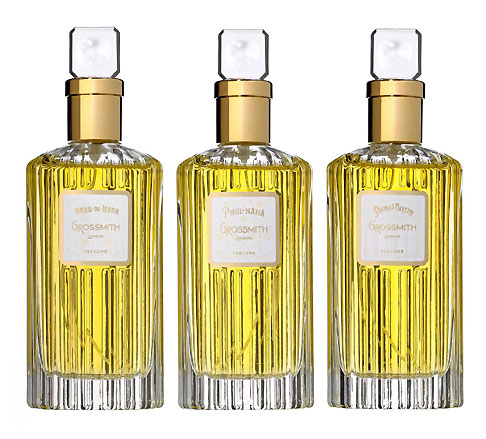
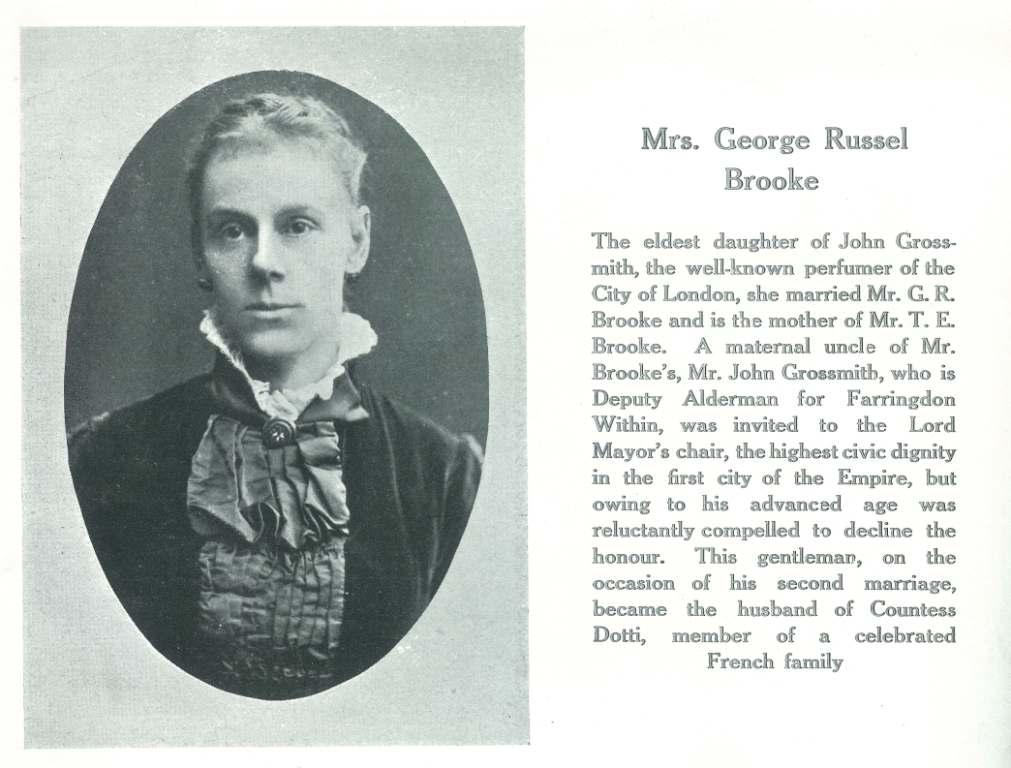
TPM: What did you and Simon wear for fragrances before the revival of Grossmith?
We were very conservative. Amanda wore Dioressence and Diorella, Gres by Cabochard, and Eau du Sud by Annick Goutal, and we shared a liking for Eau Sauvage and Aramis. We are big buyers of soaps, - our bathroom soap bowl contains soaps made by L’Occitane, Floris and Penhaligon’s. My favourite Grossmith perfume is Hasu-no-Hana which I like to wear on my handkerchief and Amanda loves Betrothal, especially the new EDP version.
TPM: What do you consider to have been the hardest part of this journey?
We have had to work seven days a week for the last three years to re-establish Grossmith as the producer of the finest perfumes in the world. Two years after our launch in London we have over fifty points of sale in twenty countries. We enjoy travelling the world visiting our perfumeries, talking to our customers and seeing where our raw materials come from.
TPM: Your four fragrances have been re-mastered for modern times, using the original formulae from hand-written books rescued in 1940. How was that accomplished?
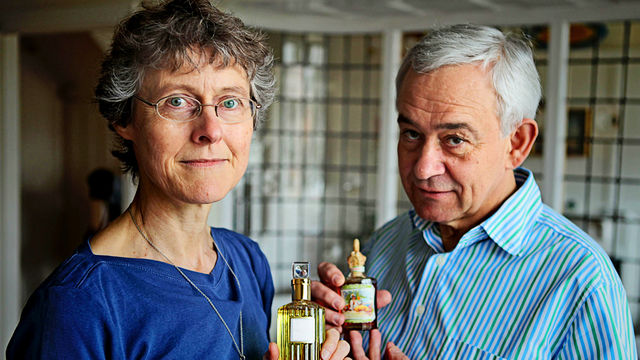
Robertet use a combination of the original formulae which are not always very precise (an entry may say ‘Rose oil’) and photochromatographic analysis of antique samples to ‘remaster’ the perfumes. Regulations may not permit certain natural ingredients to be used (essentially those of animal origin) so we substitute high quality synthetics and adjust the formula. We believe the three Classics (Hasu-no-Hana, Phul-Nana and Shem-el-Nessim) resemble their former presentations closely. We modernised Betrothal with Melanie Carestia of Robertet by working hard on the top notes and then reducing the amount of Jasmine and Geranium and introducing Neroli and Vetiver which were not in the original. Roja in his role as a consultant to Grossmith has assisted us develop our critical skills to assess the submissions from Robertet and produce the best recreations possible.
Described as “A Bouquet of India’s Choicest Flowers” Phul-Nana became Grossmith’s most revered perfume. Tell us why…Created in 1891, Phul-Nana was still being sold in the 1970s. That’s as long as Chanel N°5! The concept of being transported to India, a glorious part of the British Empire, must have been very powerful. The fragrance itself – with its sweet citrus burst followed by the rich floral heart and the sensuous vanillic, woody drydown has captivated generations of perfume wearers. It was sold around the world and a range of products carrying the name was developed – soap, talcum powder, face powder, lipstick, cachous for the breath, and many more.
TPM: Tell me about Betrothal, it is one of my favorites of the line and has wonderful qualities and lasting power.
Betrothal was formulated for Princess May of Teck when she became engaged to the Duke of York in 1893. They became King George V and Queen Mary, the great grandparents of Prince William. Betrothal was always going to be our fourth fragrance, the first of our modern recreations. We had begun work with Robertet on remastering Betrothal in May last year and had always joked about how great it would be if there was a royal wedding to coincide with its launch. The Royal Engagement was announced in November and we had to accelerate our process to enable us to have product ready for a launch in London on the day of the Royal Wedding. We are delighted with its gorgeous bouquet of Rose de Mai and Jasmine (both from Grasse) and its subtle, sensuous, creamy drydown. The packaging, with the silver decoration on the perfume box, derived from the original bottle, and the new silver lid seems just right.
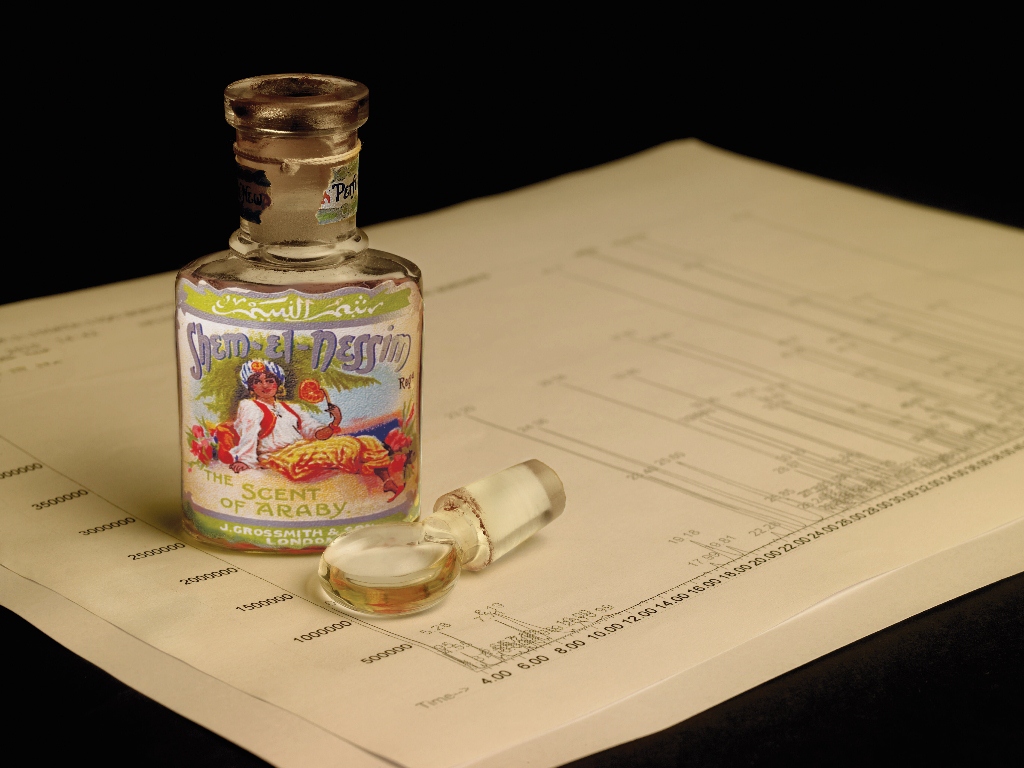
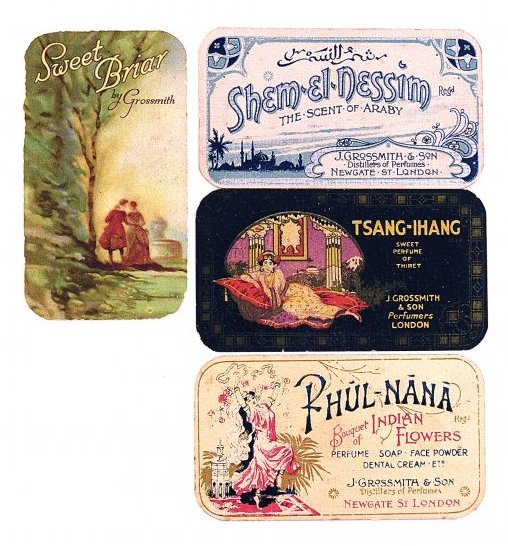
TPM: Tell us about the BBC documentary simply called “Perfume”. That must have been wildly exciting for you. How was it when you were finally able to view it when it aired?
We had worked with Ian Denyer for almost a year, during which time he must have filmed about 45 hours on Grossmith, much of it about the revival of Betrothal: from us smelling the original perfume from a hitherto unopened bottle from 1893 to our press launch at The Dorchester Hotel. The unseen story covers the comprehensive journey we have been on detailing the changes in our lives from the world of property and our very ordinary domestic life to our new world of technical meetings with Robertet and our brand and packaging designers and our exposure to the world of luxury shopping.
Although the BBC aired a heavily edited version of the many hours we put onto tape, we have received a lot of positive feedback and interest as a result. It was a most unusual experience to see ourselves on TV!
TPM: Tell us something about yourselves and the Grossmith line of perfumery that no one knows about!
That’s difficult – we have to have some secrets! However…John Lipscomb Grossmith and his son Stanley trained with Bruno Court in Grasse. When we were at the opening of the new CampoMarzio70 Via Vittoria perfumery in Rome in March this year we got talking to Emilie Bouge, the Grasse perfumer and creator of the Brécourt line. It turned out that she is descended from the Court family! Simon and she were speakers together at Pitti Fragranze in September. When we next go to Grasse we will get together and look through her family papers to see if we can find out more about the Grossmiths’ time with Bruno Court.
Any plans for a fifth scent?
TPM: Over the next few years we plan to develop a collection of perfumes. Individuality, quality and authenticity will continue to distinguish Grossmith fragrances. We will innovate just as my ancestors did. This may involve remastering other fragrances from the formulae books or we may create our own new perfumes.
Amanda and Simon, we wish you the very best success and thank you so much for your time. Your perfumes are gorgeous, the history; real and true and I find you both utterly fascinating and wonderful.
also available at Lucky Scent
Note from Amanda: The T.E.Brooke referred to in the text for
Mrs George Russell Brooke is Simon’s grandfather and the son
of George Russell Brooke. The maternal uncle referred to
is John Lipscomb Grossmith, the second generation,
Grasse-trained perfumer.
